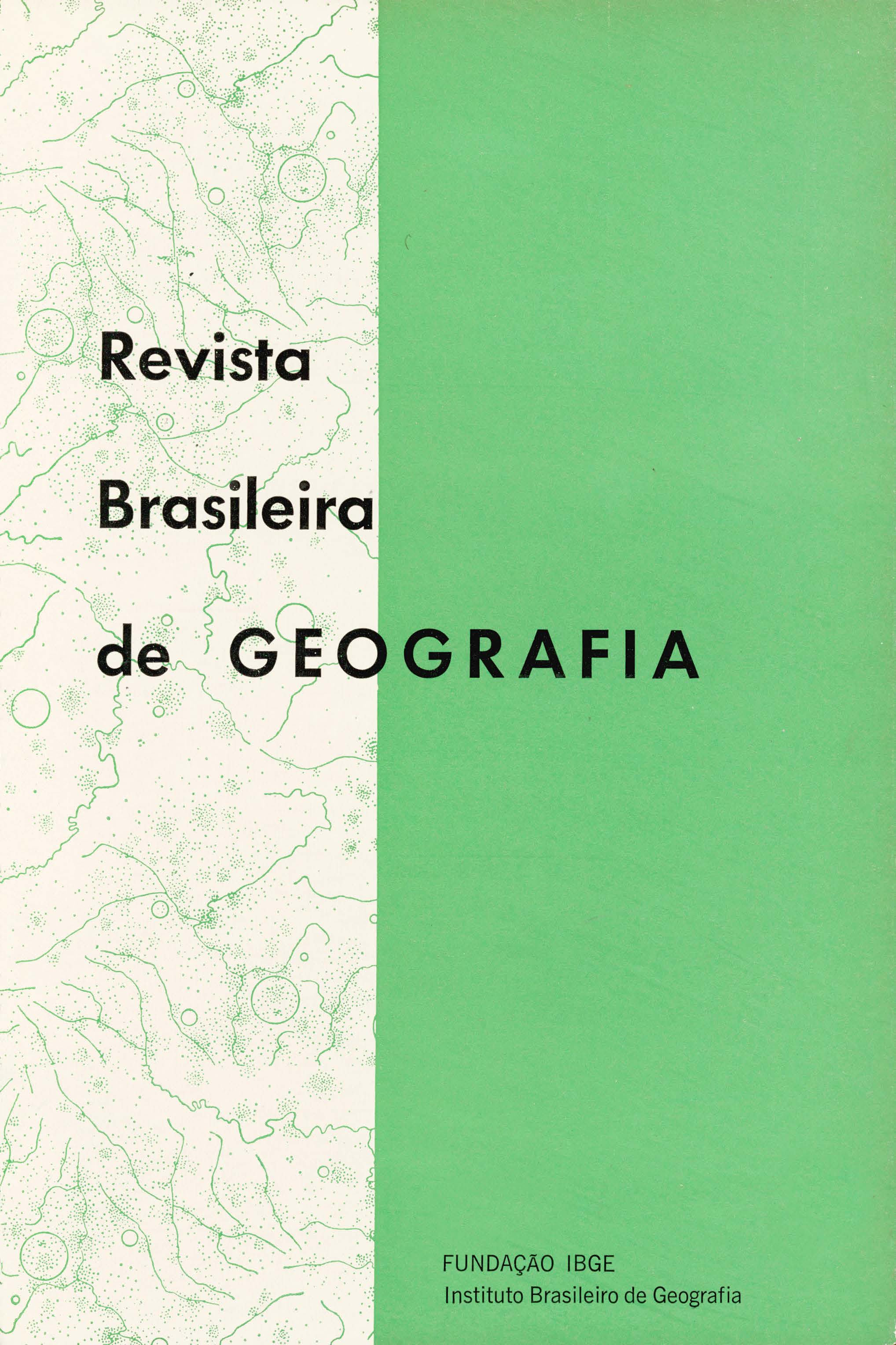Rede de localidades centrais : uma tipologia aplicada ao Brasil
Palavras-chave:
Renovação Urbana, Urbanização, Geografia Urbana, Urban Renewal, Urbanization, Urban GeographyResumo
Abstract:
This research aims to analyze descriptively the structural and spatial characteristics of the central place networks commanded by 84 regional capitals identified in the study "Regiões de Influência das Cidades" done on and after an exhausting research that begun in 1978. A simple analysis of its results indicates an enormous variability in these central place networks. So, one has tried to systematize these variables identifying a typology of these networks:
a) the structural arrangements three general types were identified:
Type I or Macapá type - network characterized by the regional capital (A), absence of sub-regional centers (B) and zone centers (C), but the existence of local centers (D) – there are 4 networks of this type.
Type II or Imperatriz type - network characterized by the regional capital (A), absence of sub-regional centers (B), but presence of zone centers (C) and local centers (D) there are 34 networks of this type.
Type III or Montes Claros type – network characterized by the existence of the 4 hierarchical levels, regional capital (A), sub-regional centers (B), zone centers (C) and local centers (D) - there are 46 networks of this type.
In the analysis about the structural arrangements of the central place networks it was considered the progression between the number of centers of a given level of the hierarchy and the number of centers of the level immediately inferior. It was used the ratio K, subdivided in K, (progression between sub regional and zone centers) and K. (progression between zone and local centers): These ratios were applied to the networks of the type III. With this it was defined regular and irregular market networks (the notworks of the type I and li are irregular).
A descriptive analysis was done considering the three types of structural arrangements; b) the spatial arrangements - the 84 central place networks were classified according to the location of the regional capital in relation to its influence region. Two general types of spatial arrangements were identified: networks with the regional capital had a central location and networks which the regional capital had an eccentric location;
c) the final typology - the table below indicates the types of networks, existing in Brasil according to the combination of their structural and spatial arrangements. It is indicated the number of networks in each of the 6 final typology.
This typology provides the basis for some questions that aims an understanding between the spatial forms (structural and spatial arrangements) and process that generates these forms.






